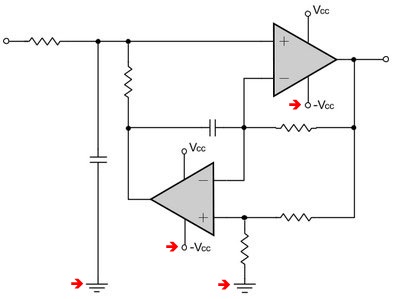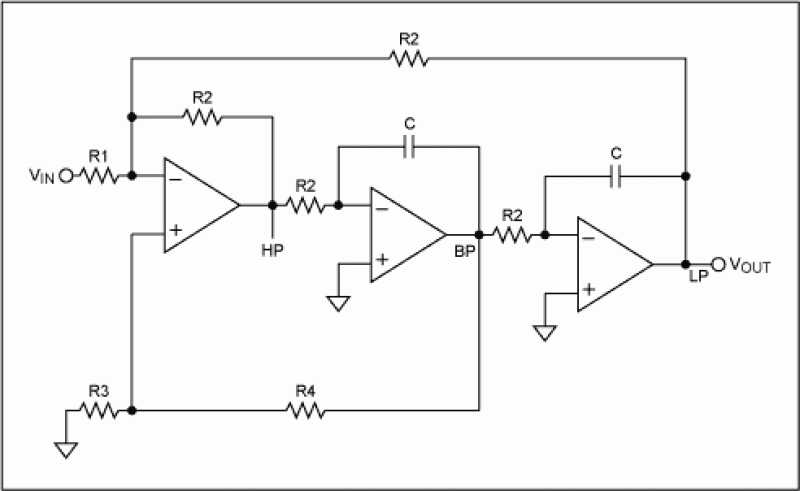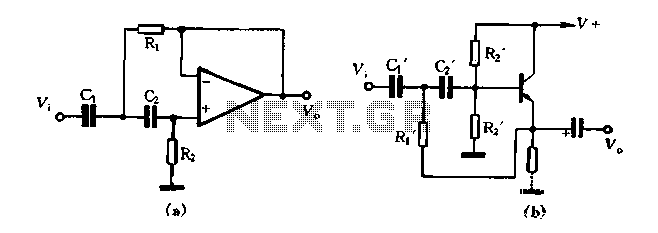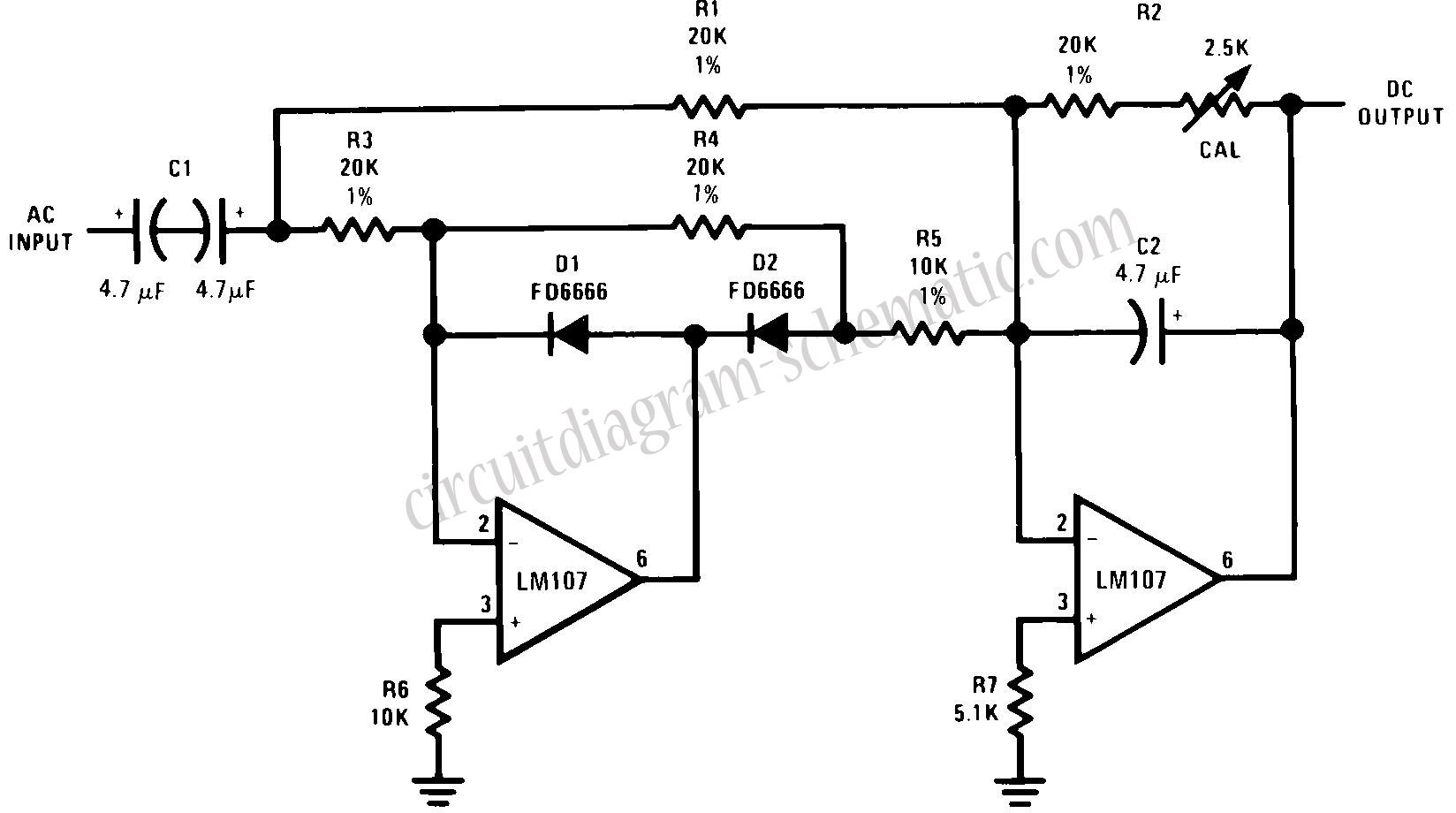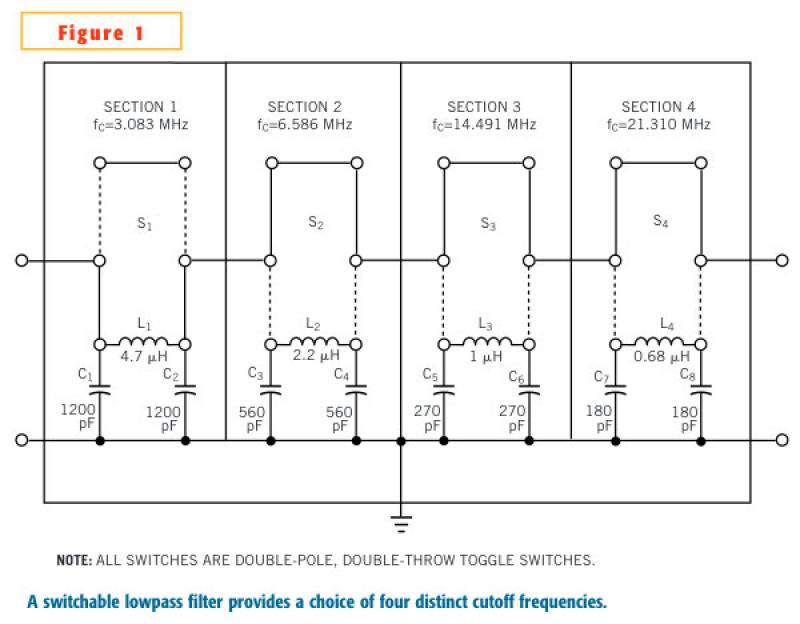
Bandpass Filter
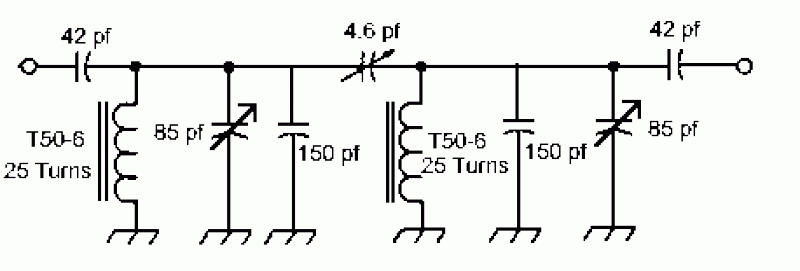
This circuit is taken from the Progressive Communications Receiver in most of the recent ARRL Handbooks. Values for the 40 meter band are shown. If you want the ultimate in a bandpass filter for 40 or 20 meters, check out the bandpass filters in "An Integrated Contest-Grade CW Station", Solid State Design for the Radio Amateur, by Wes Hayward and Doug DeMaw, Page 225. More: Another set of bandpass filters can be obtained from a "Solid State Communications Receiver", Ham Radio, October 1975, Page 34. For information on evaluating and adjusting double-tuned circuits for maximum performance, check out the article "The Double-Tuned Circuit: An Experimenter's Tutorial", by Wes Hayward, December 1991, QST, Page 29. To find information on bandpass filters on the internet check out Bandpass and I.F. Filter Information at the QRP HomeBuilder web site. He has very nice 20 meter and 30 meter bandpass filters using either capacitors or transformers for matching to a 50 ohm input and output. Very good advice is given on building the filters.
The described circuit is a bandpass filter designed specifically for use with the 40-meter amateur radio band. Bandpass filters are essential components in radio communication systems, as they allow signals within a specific frequency range to pass through while attenuating frequencies outside this range. The circuit referenced is part of the Progressive Communications Receiver, which is featured in various editions of the ARRL Handbook, a comprehensive resource for amateur radio enthusiasts.
To design an effective bandpass filter for the 40-meter band, it is crucial to select the appropriate component values. These typically include inductors and capacitors, which are configured to create a resonant circuit that maximizes signal strength at the desired frequency while minimizing interference from unwanted signals. The design may involve calculating the Q factor, which represents the filter's selectivity, and adjusting the values of the reactive components accordingly.
For those seeking advanced designs, additional references such as "An Integrated Contest-Grade CW Station" provide further insights into high-performance bandpass filters suitable for both the 40-meter and 20-meter bands. These resources can guide builders through the intricacies of filter design, including the use of double-tuned circuits, which are known for their high performance in selective filtering applications.
Moreover, articles like "The Double-Tuned Circuit: An Experimenter's Tutorial" offer practical advice on evaluating and adjusting these circuits for optimal performance. The tutorial covers the nuances of tuning and can significantly enhance the effectiveness of the bandpass filter.
The QRP HomeBuilder website serves as another valuable resource, featuring various designs for bandpass filters tailored for the 20-meter and 30-meter bands. These designs may utilize either capacitors or transformers to achieve impedance matching to a standard 50-ohm system, which is essential for maximizing power transfer and minimizing signal loss.
In summary, the construction and optimization of bandpass filters for amateur radio applications require careful consideration of component selection, circuit configuration, and tuning techniques. The referenced literature provides a wealth of information for both novice and experienced builders aiming to enhance their radio communication capabilities.This circuit is taken from the Progressive Communications Receiver in most of the recent ARRL Handbooks. Values for the 40 meter band are shown. If you want the ultimate in a bandpass filter for 40 or 20 meters, check out the bandpass filters in "An Integrated Contest-Grade CW Station", Solid State Design for the Radio Amateur, by Wes Hayward and Doug DeMaw, Page 225.
The described circuit is a bandpass filter designed specifically for use with the 40-meter amateur radio band. Bandpass filters are essential components in radio communication systems, as they allow signals within a specific frequency range to pass through while attenuating frequencies outside this range. The circuit referenced is part of the Progressive Communications Receiver, which is featured in various editions of the ARRL Handbook, a comprehensive resource for amateur radio enthusiasts.
To design an effective bandpass filter for the 40-meter band, it is crucial to select the appropriate component values. These typically include inductors and capacitors, which are configured to create a resonant circuit that maximizes signal strength at the desired frequency while minimizing interference from unwanted signals. The design may involve calculating the Q factor, which represents the filter's selectivity, and adjusting the values of the reactive components accordingly.
For those seeking advanced designs, additional references such as "An Integrated Contest-Grade CW Station" provide further insights into high-performance bandpass filters suitable for both the 40-meter and 20-meter bands. These resources can guide builders through the intricacies of filter design, including the use of double-tuned circuits, which are known for their high performance in selective filtering applications.
Moreover, articles like "The Double-Tuned Circuit: An Experimenter's Tutorial" offer practical advice on evaluating and adjusting these circuits for optimal performance. The tutorial covers the nuances of tuning and can significantly enhance the effectiveness of the bandpass filter.
The QRP HomeBuilder website serves as another valuable resource, featuring various designs for bandpass filters tailored for the 20-meter and 30-meter bands. These designs may utilize either capacitors or transformers to achieve impedance matching to a standard 50-ohm system, which is essential for maximizing power transfer and minimizing signal loss.
In summary, the construction and optimization of bandpass filters for amateur radio applications require careful consideration of component selection, circuit configuration, and tuning techniques. The referenced literature provides a wealth of information for both novice and experienced builders aiming to enhance their radio communication capabilities.This circuit is taken from the Progressive Communications Receiver in most of the recent ARRL Handbooks. Values for the 40 meter band are shown. If you want the ultimate in a bandpass filter for 40 or 20 meters, check out the bandpass filters in "An Integrated Contest-Grade CW Station", Solid State Design for the Radio Amateur, by Wes Hayward and Doug DeMaw, Page 225.
Another set of bandpass filters can be obtained from a "Solid State Communications Receiver", Ham Radio, October 1975, Page 34. For information on evaluating and adjusting double-tuned circuits for maximum performance, check out the article "The Double-Tuned Circuit: An Experimenter's Tutorial", by Wes Hayward, December 1991, QST, Page 29.
To find information on bandpass filters on the internet check out Bandpass and I.F. Filter Information at the QRP HomeBuilder web site. He has very nice 20 meter and 30 meter bandpass filters using either capacitors or transformers for matching to a 50 ohm input and output. Very good advice is given on building the filters.

